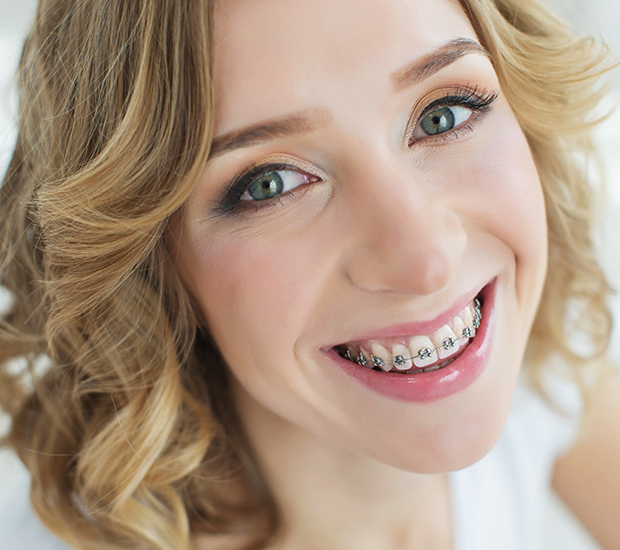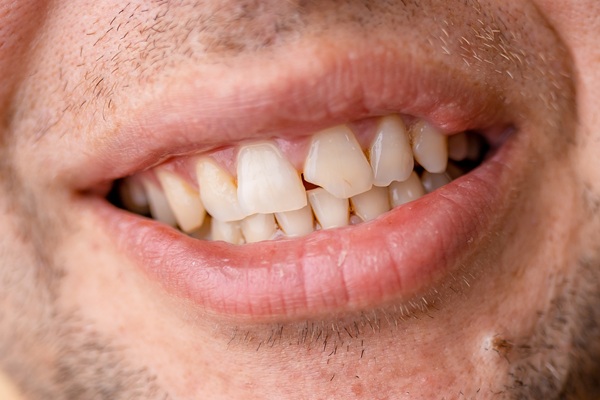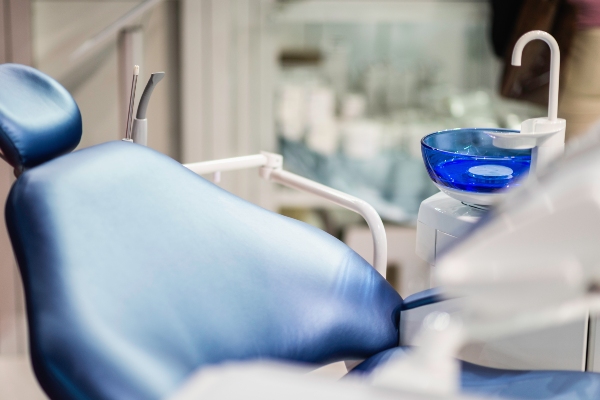OrthodonticsLilburn, GA
Orthodontics is the branch of dentistry that prevents, diagnoses and treats abnormalities in the teeth and facial structure. When the teeth are not correctly aligned, oral hygiene is harder. That predisposes teeth to the threat of premature loss caused by dental decay or gum disease. Also, misaligned jaws can cause undue pressure on the chewing muscles, leading to issues such as TMJ syndrome and headaches.
Irregularities in the teeth also affect facial appearance, which can make you self-conscious. If you are worried about the protrusion and crookedness, you can talk to your family dentist about orthodontics. Orthodontic treatment generally helps ensure a healthier mouth and teeth that can survive a lifetime of use.
Who is a good candidate for orthodontics?
Orthodontic issues, also called malocclusions, are often the sign of a few conditions. Orthodontic issues can be inherited. These issues include jaw-development issues, congenitally missing teeth, surplus teeth, uneven spacing and crowded teeth. The untimely loss of baby teeth, baby teeth retention, accidents and thumb or finger sucking can also cause the need for orthodontics.
When you visit the dental office, your dentist will examine you to know if you would benefit from undergoing orthodontics. Your dentist will use medical and dental health records as well as different diagnostic tools. These include a clinical evaluation, impressions of the teeth and x-ray scans. Then, the dentist will be able to tell you if orthodontics are suitable and proceed to create a treatment plan for you.
Any of the following conditions could qualify you for orthodontic treatment:
Importance of Orthodontic Treatment
Fixing orthodontic issues goes beyond the aesthetic value and self-confidence boost. There are also vital health benefits to it. Malocclusions make chewing and speech harder, cause enamel deterioration and put unnecessary force on the gum tissues and jawbone. Additionally, crooked or overlapping teeth are harder to clean. This causes the accumulation of food debris and bacteria, which are responsible for tooth decay and gum disease.
Orthodontic solutions available
Nowadays, children are not the only recipient of orthodontic treatments. More adults are seeing the advantage of undergoing the treatment to correct malocclusions. Fortunately, many orthodontic devices are now more discreet than they used to be in the past. The treatment duration is shorter too.
Clear braces
Braces have been used for decades as a device for correcting teeth misalignments. With clear braces, you have a discreet, convenient and easy way to align the teeth. Clear (or ceramic) braces have clear brackets. They are different from clear aligners because they use visible wires.
The braces are created from transparent and sturdy ceramic material with a metal arch wire to hold each bracket together on the teeth. The metal wires may betray the notion of invisibility, but you can color the wire to match your teeth. This allows you to adjust your dentition without being bothered by the awkward wires.
Invisalign
Invisalign is a recent technology that consists of a plastic, transparent and removable retainer. It is worn to shift the teeth to their proper position. Invisalign offers you additional comfort and convenience since they are not glued to the teeth. They fit snugly on the teeth and are practically invisible from other people.
If you opt for Invisalign, you must visit the dentist every couple of weeks to have the retainers changed and for routine checkups. For an effective outcome, patients must wear the orthodontic device for a minimum of 22 hours daily. One can only remove them if they need to brush, floss or eat. This option is a great choice for older people who do not want to deal with the awkwardness of wearing braces.
ClearCorrect
This orthodontic device works similarly as other clear aligners such as Invisalign. It corrects teeth abnormalities with a set of transparent, customized and removable aligners. These aligners gradually shift the teeth until they are back in their proper position.
Like every other aligner, ClearCorrect has to be worn at all times, except when eating, brushing or flossing. The device is created to correct malocclusion discreetly and provide you with a new, attractive look.
FastBraces
FastBraces aim to move the tooth crown and root simultaneously. FastBraces technology combines elbow-shaped brackets and elevated slots to increase the flexibility of the wire. The force of the device and flexibility are responsible for its effectiveness.
FastBraces generally produces better and faster results than regular braces. This allows the patient to complete the treatment within a short period, usually within a year or less.
Ensuring effective orthodontics outcome
To get the best possible result from your orthodontic treatment, you need to watch your oral hygiene habits. Food debris and plaque can build up around the braces or the teeth’s crevices. Also, brushing and flossing can be difficult during the treatment. You should not fail to maintain proper hygiene or abide by your dentist’s rules. Doing so may cause you to end up with other oral issues that may compromise the purpose of treatment.
The following are basic rules to follow when undergoing orthodontics:
Final note
When it comes to orthodontics, the results usually far outweigh the process. If you stay committed to the treatment, you will end up with an attractive dentition you will be proud to show off.
Contact Us
Lilburn Family Dentistry is located at 331 Arcado Rd NW Suite D Lilburn, GA 30047.





